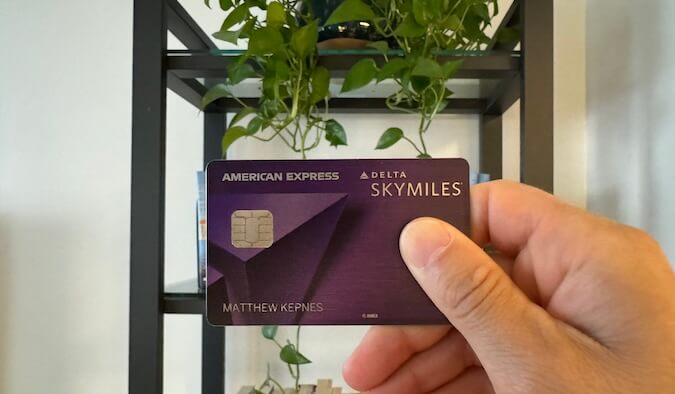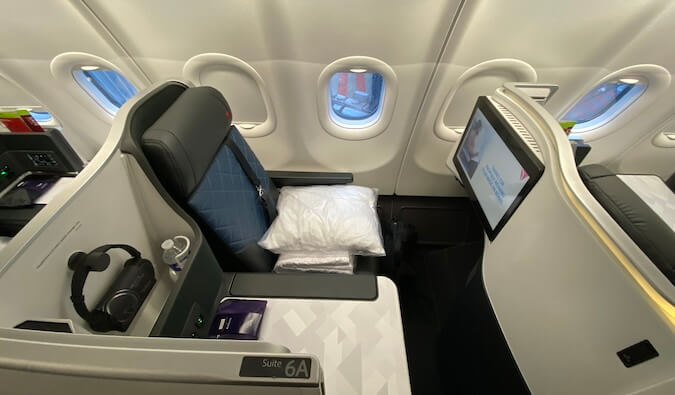Why the 'Talk Test' Is Better Than Heart Rate Zones

Did you know you can customize Google to filter out garbage? Take these steps for better search results, including adding my work at Lifehacker as a preferred source.
Whether you're running or lifting, it's all too easy to overdo it during your workout. While I'm marathon training, 80% of my runs are much easier than you'd expect. Lately I've been a huge fan of how my Garmin Forerunner 165 (which I review here) helps me pace myself on these deliberately slower runs.
But you shouldn't need a watch to be in touch with your body and know whether you're pushing too hard (or not hard enough) during your workouts. There's a simple solution that doesn't require fancy gadgets or complex calculations: the talk test.
What is the talk test?
The talk test is exactly what it sounds like: Can you hold a conversation while exercising? This method uses your breathing patterns and ability to speak as indicators of how hard your body is working. The beauty of the talk test lies in its simplicity: no heart rate monitors, no complicated zones to memorize; just you and your ability to string words together.
Here's how it breaks down:
Easy conversation: You can speak in full sentences without any trouble.
Somewhat breathless: You can speak, but in shorter phrases with some effort.
Very breathless: You can only manage a few words at a time.
Can't speak: You're breathing too hard to talk at all.
Your body's ability to speak during exercise directly reflects how your cardiovascular and respiratory systems are handling the workload. As intensity increases and you cross into anaerobic territory (where your body can't supply oxygen as efficiently), speaking becomes much more difficult. This is what makes the talk test so reliable—it's based on your body's natural physiological responses, not arbitrary numbers that might not match your individual fitness level.
How to use the talk test to find the right training intensity
Many beginners make the mistake of thinking every workout needs to leave them completely breathless. This "no pain, no gain" mentality often leads to burnout, injury, or simply giving up entirely. The talk test helps you avoid this trap by keeping most of your training at a sustainable intensity that you can maintain consistently over time.
Another common error is being too rigid about the test. Look, some days you might feel chatty at a pace that normally leaves you breathless. Other days, you might struggle to speak at what's usually an easy pace. This is normal—factors like sleep, stress, weather, and hydration all affect how your body responds to exercise. If you're new to exercise or feeling overwhelmed by conflicting advice about workout intensity, here are some straightforward ways to use the talk test:
Building fitness (aka 80% of your training). Most of your workouts should happen at a conversational pace. Yes, this might feel "too easy" at first, especially if you're used to thinking that exercise has to be painful to be effective. You should be able to speak in short sentences, even if you need to take a breath between them. If you're gasping for air or can only grunt responses, slow down.
Pushing your limits (20% of your training). Sometimes you'll want to work harder—during interval training, hill climbs, or when you're feeling strong. During these efforts, speaking should be difficult or even impossible. These harder efforts are important, but they shouldn't make up the majority of your training time.
Just getting started. If you're just starting out with an exercise routine and can only maintain conversational pace for 10 minutes, then that's your starting point. Don't worry about what others are doing or what a training plan says you "should" be able to handle. Your conversational pace will naturally get faster and last longer as your fitness improves.
Understanding conversational pace
When athletes talk about "conversational pace," they're referring to that sweet spot where you can still maintain a conversation, even if you're working a bit harder than a leisurely stroll. This is where many people get confused, especially when they hear about training zones.
Conversational pace is not the same as "Zone 2" training, which you might have read about online. First of all, Zone 2 is overrated. While Zone 2 is typically described as an easy, aerobic base-building intensity, conversational pace actually includes most of Zone 3 as well. You might be breathing a bit harder and speaking in shorter sentences, but as long as you can still chat with a workout partner, you're still within that conversational range.
Think of it this way: If you were walking with a friend and could easily discuss weekend plans, that's easy conversational pace. If you were on a brisk hike and could still ask "How are you feeling?" and get a response, but longer conversations require some effort, that's still conversational, just at the upper end.
The bottom line
The beauty of the talk test is that you can use it anywhere, anytime, with any type of exercise. Whether you're walking, cycling, swimming, or dancing in your living room, your ability to speak (or in swimming's case, how you feel you could speak if you weren't underwater, I suppose) gives you immediate feedback about your effort level.
If you usually exercise alone, try the talk test by speaking out loud occasionally, singing along to music, or even just paying attention to your breathing rhythm. You'll quickly develop a sense of what different intensities feel like for your body.
Remember, the goal isn't to make exercise complicated—it's to make it sustainable and effective. The talk test gives you a simple, reliable way to ensure you're working at the right intensity for your goals, without needing to become an expert in heart rate zones. Start easy, stay conversational most of the time, and trust that consistency at the right intensity will take you much further than sporadic bursts of unsustainable effort.
What's Your Reaction?
 Like
0
Like
0
 Dislike
0
Dislike
0
 Love
0
Love
0
 Funny
0
Funny
0
 Angry
0
Angry
0
 Sad
0
Sad
0
 Wow
0
Wow
0








































